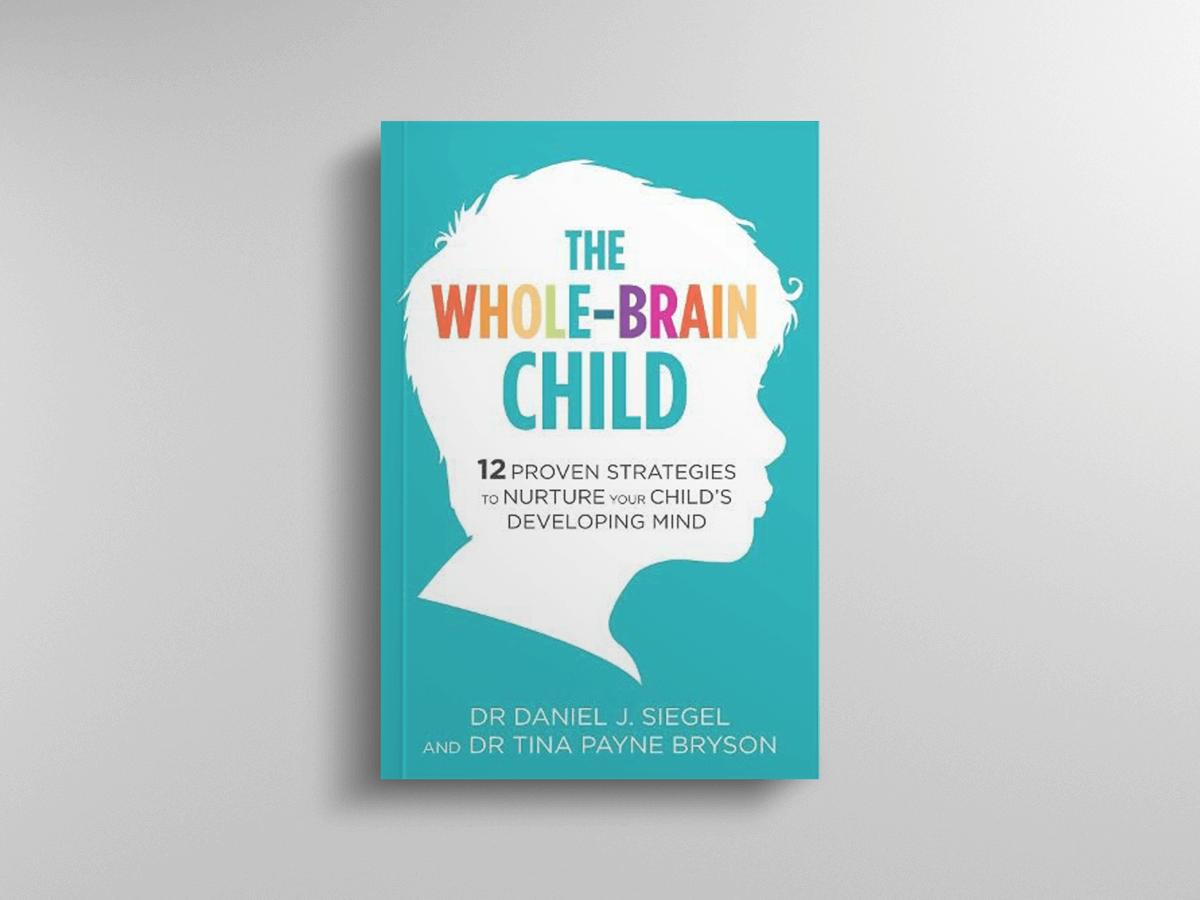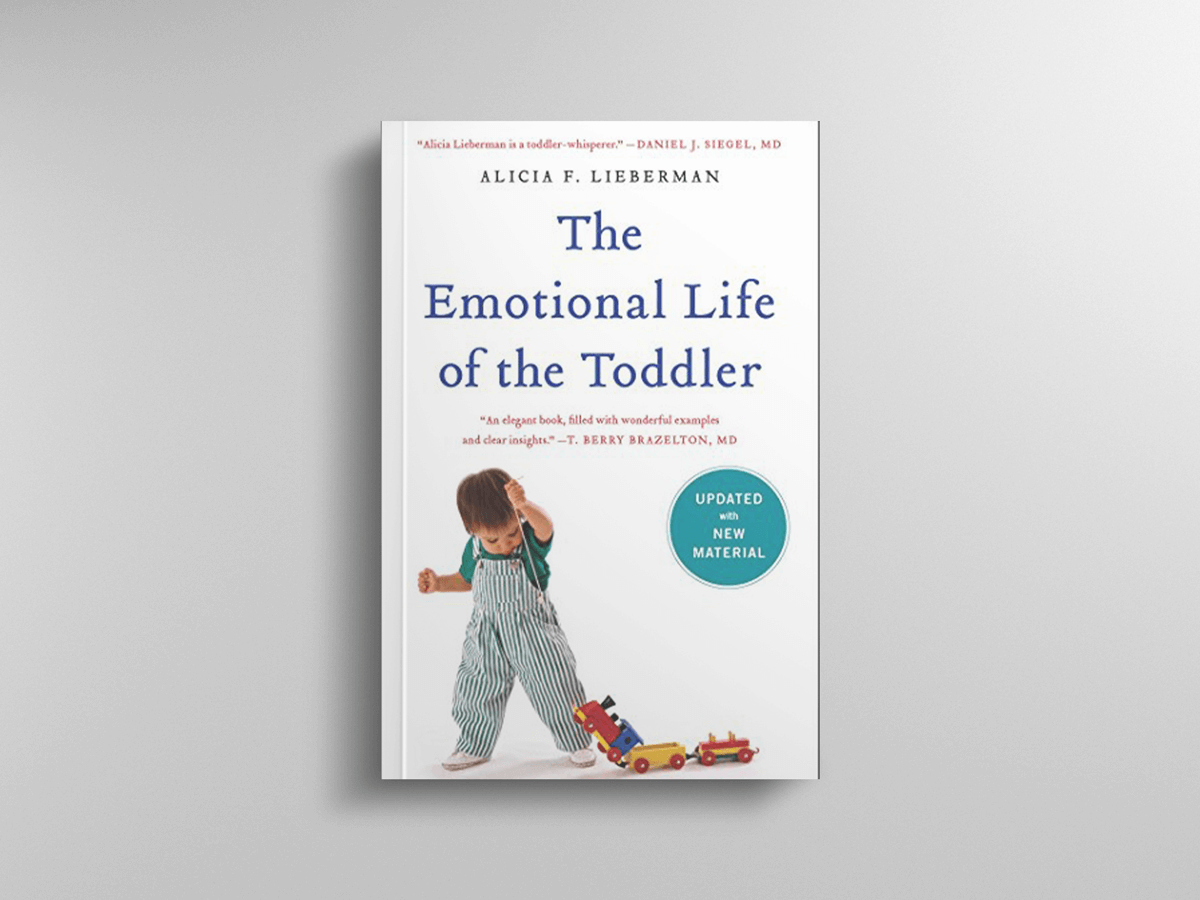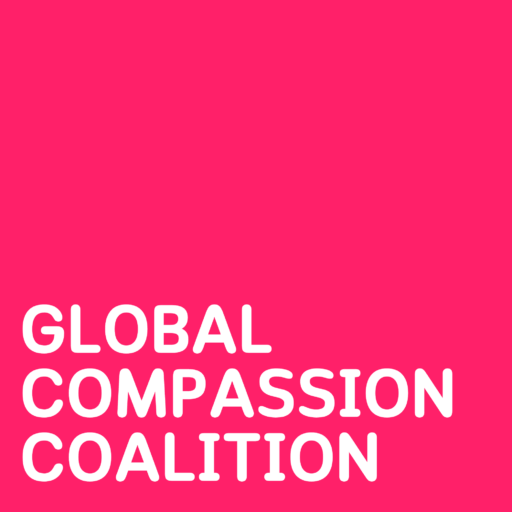Kids’ amazing brains
90% of a child’s brain is developed by age five.
Up to that point, every interaction they have is building the scaffolding of their brain. That scaffolding goes on to support their physical, social, and emotional health in the future. We need to ensure that the scaffold is strong and resilient.
Listen here to a 3 minute NPR interview with Johns Hopkins researcher Dr. Christina Bethell about her new JAMA article about the benefits of Positive Childhood Experiences:
The importance of positive childhood experience
The American Academy of Pediatrics emphasizes that safe, stable, and nurturing relationships build healthy childhoods and, in turn, healthy adulthoods.
When children learn to self-regulate at a young age, they have the best possible chance for well-being across their lifespan.
This video explains what Positive Childhood Experiences are and why they are meaningful for individuals, organizations, and communities.
Here we see how different attachment styles are formed and how they affect the child’s life from the early years through adulthood.
How to nurture those experiences
Children can self-regulate when they feel seen, safe, soothed, and secure.
Dr. Daniel J. Siegel and Dr. Tina Payne Bryson describe the 4 S’s in the book “The Power of Showing Up”
SAFE
SAFE
The two main jobs that parents have in terms of providing safety for their kids are to shield them from harm and to not become the source of fear for their children
SEEN
SEEN
Children feel seen when their parents tune in and understand their emotional life and respond to them effectively.
SOOTHED
SOOTHED
A child’s distress can be soothed when the parent works to tune in and care for the child–providing a safe space to regulate intense emotions.
SECURE
SECURE
A child feels secure when all of the above criteria are met. When a caregiver gives a child the experience of feeling safe, seen and soothed, the child grows up to embody a well-regulated nervous system with high ability for executive functioning.
Here 7 year old Molly Wright explains “How every child can thrive by five” in her powerful TedX talk
About Adverse Childhood Experiences (ACE’s):
Adverse Childhood Experiences stem from abuse and neglect, and household dysfunction like domestic violence, parental mental illness, incarcerated family member or parental substance abuse. They are very common with 13% of the population having 4 or more ACE’s and 67% having at least one ACE. Adults with high ACE scores are at 3x the risk for chronic illness. Children with high ACE scores that are left untreated can expect up to a 20 year difference in lifespan from their peers. These disruptions in the developing brain can create lifelong problems with the nervous, cardiovascular, immune, and endocrine systems.
Policies for change
Quote:
The more we understand about how the brain develops, works, and changes, the better off we’ll be when we design programs, policies, and practices. The first community and culture that acts on this gift to create consistent, nurturing, safe environments for young families and their children is going to see a huge quantum leap in all kinds of things and recapture 30% of dollars that could be used for the arts, infrastructure, and invention.
-Dr. Bruce Perry
Below is a selected list of policies that positively affect early childhood development and lifetime well-being.

Food
Programmes to ensure children get the nutritional intake they need to support healthy growth.

Cash
Temporary and long-term social security to make certain that children grow up in financially secure environments. These payments can raise children out of poverty.

Head-start
Services to help parents and children navigate the sometimes stressful and tiring period of early-life development. This can include advice, medical support, and referrals.

Family leave
This is essential to allow parents quality time with their newborn child.

Health insurance
In countries without free-to-access healthcare, the widespread and subsidized provision of health insurance is essential.

Child-care
Subsidies make childcare free or affordable.

Group support
It is essential that parents, especially mothers, are provided with mutual support during the initial months after pregnancy.

Disability payments
So that parents can access the medication, care, and support they need if their child has been born with a disability.

Abuse prevention
Supports the prevention, assessment, investigation, prosecution and treatment of child abuse and neglect.
Books on Early Childhood Development

The Whole-Brain Child
12 Revolutionary Strategies to Nurture Your Child’s Developing Mind
by Dr. Daniel J. Siegel and Dr. Tina Payne Bryson
Neuropsychiatrist Dr. Daniel J. Siegel and parenting expert Dr. Tina Payne Bryson outline 12 strategies to promote healthy brain growth of the developing mind that will lead to calmer and happier children.

Born for Love
Born for Love by Maia Szalavitz and Dr. Bruce D. Perry
Child-psychiatrist Bruce D. Perry and award-winning science journalist Maia Szalavitz identify how empathy is developed in babies from birth and how it is essential for growth into a healthy adult. They explain how deep relationships and human contact from birth are necessary for creating a more compassionate and healthy society.

The Emotional Life of the Toddler
The Emotional Life of the Toddler” by Dr. Alicia F. Lieberman
Early mental health expert and researcher Dr. Alicia F. Lieberman dives deep into the emotional development of toddlers and how to nurture the young mind to set a child up for a happy and healthy adulthood.
Diversity and Early Childhood Education
“Cultural racism is like smog in the air. Sometimes it is so thick it is visible, other times it is less apparent, but always, day in and day out, we are breathing it in.” -Dr. Beverly Daniel Tatum from her book, Why Are All the Black Kids Sitting Together in the Cafeteria?
What would happen if we were proactive rather than reactive when teaching young children about inclusivity? Samantha Fletcher speaks here about how to blend diversity, equity, and inclusion with early childhood education. She is a teaching fellow at the Harvard Graduate School of Education and host of the education & awareness podcast, Daily Border Crossings.
https://www.youtube.com/watch?v=Pkz-9SiY-kIhttps://www.youtube.com/watch?v=PJs1aByD2Ao
Here is a video from SAMHSA about how bias shows up in early childhood education settings, how to become more sensitive and responsive so that all young children are nurtured in a way that takes their culture into account.
Dr. Riana Elyse Anderson from the Greater Good Science Center talks about when kids are old enough to talk about race.
Great infographic on age appropriate ways to talk about race: Here
This is a video and transcription about a father’s impact on early childhood development and changing the narrative about black fathers in America by Dr. Clinton Boyd Jr.
Milestone Development
Here is a video from the CDC’s “Learn the Signs. Act Early.” program which educates parents about their kids’ milestones. This can help them identify any developmental delays or disabilities that should be addressed early with access to support and services.
